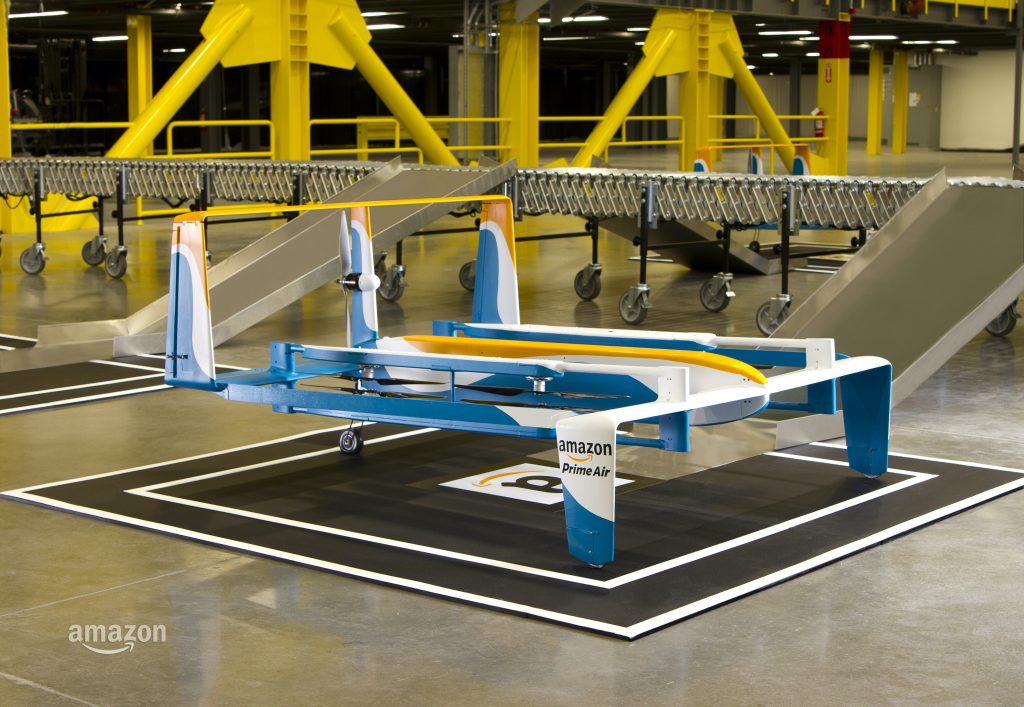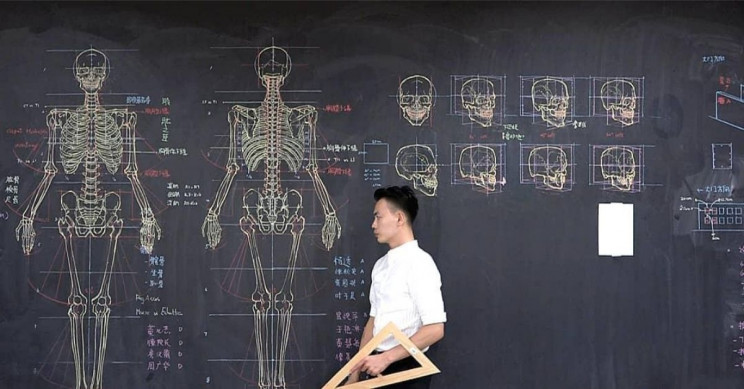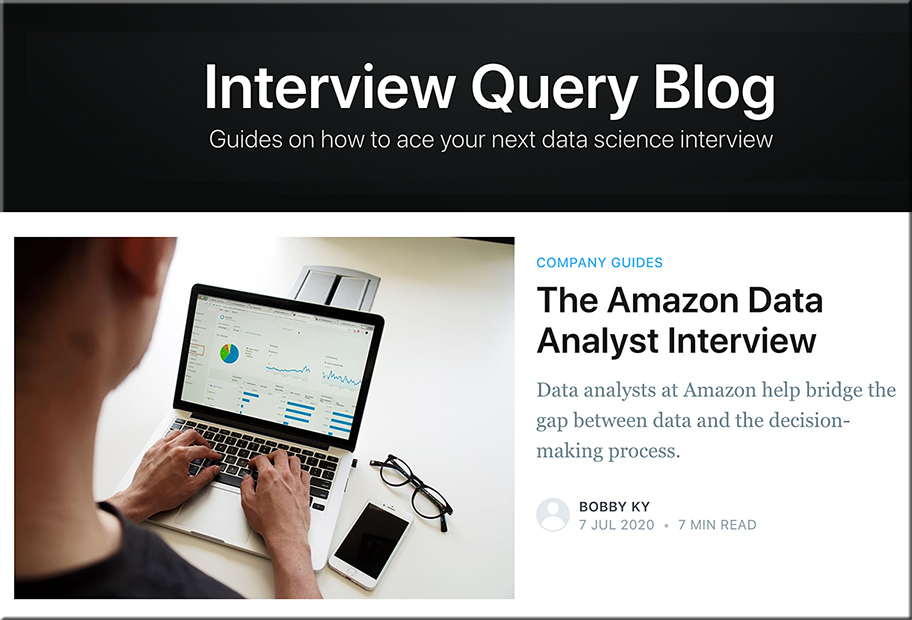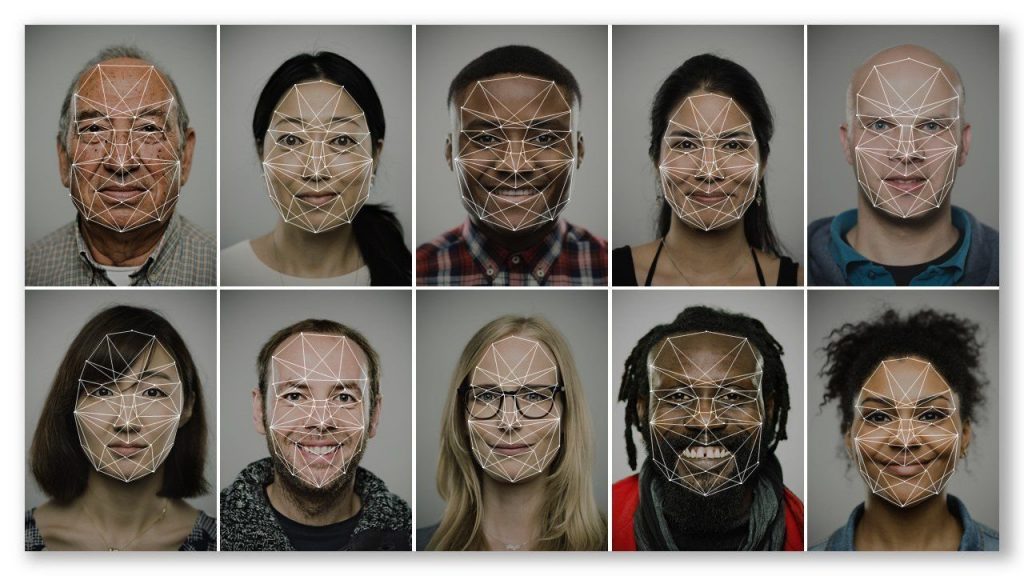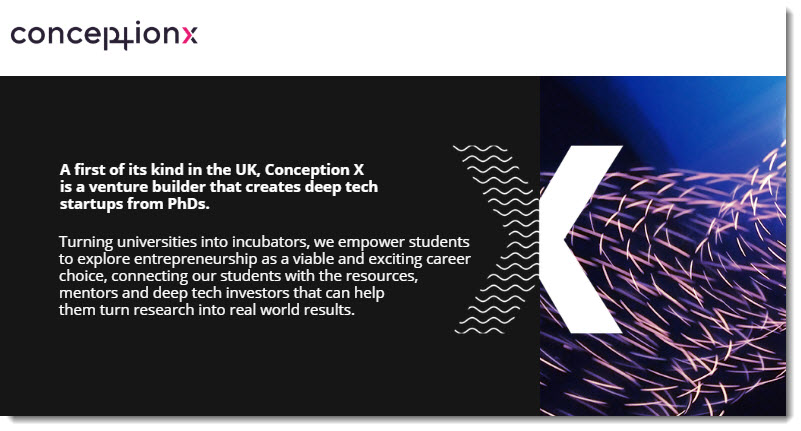Got science questions? Skype A Scientist can help — from bigthink.com by Scotty Hendricks
A non-profit dedicated to science communication offers to connect learners with over 11,000 scientists.
From DSC:
Per Wikipedia, this is a 1910 Model T that was photographed in Salt Lake City:
From DSC:
The Ford Model T didn’t start out looking like a Maserati Gran Turismo from 2021! Inventions take time to develop…to be improved…for new and further innovations and experiments to take place.
Thinking of this in terms of online-based learning, please don’t think we’ve reached the end of the road for online-based learning.
The truth is, we’ve barely begun our journey.
Two last thoughts here
1 ) It took *teams* of people to get us to the point of producing a Maserati like this. It will take *teams* of people to produce the Maserati of online-based learning.
2) In terms of online-based learning, it’s hard to say how close to the Maserati that we have come because I/we don’t know how far things will go. But this I do know: We have come a looooonnnnnggggg ways from the late 1990s! If that’s what happened in the last 20 years — with many denying the value of online-based learning — what might the next 5, 10, or 20 years look like when further interest, needs, investments, etc. are added? Then add to all of that the momentum from emerging technologies like 5G, Augmented Reality, Mixed Reality, Virtual Reality, Artificial Intelligence, bots, algorithms, and more!
From DSC:
To drive the point home, here’s an addendum on late 9/29/20:
- Mercedes-Benz Shares Video of Avatar Electric Car Prototype — interestingengineering.com by Fabienne Lang
The German car company shared footage of the breathtaking vehicle prototype.
Walmart just started delivering stuff with drones — from futurism.com by Victor Tangermann
Excerpt:
Walmart just kicked off its own drone delivery pilot, a collaboration with drone delivery company Flytrex. The pilot launched today in Fayetteville, North Carolina, and is limited to select grocery and household essential items from the retailer’s local stores.
From DSC:
It starts off with an army of drones from Walmart joined by another army of drones from Amazon.
Then company XYZ chimes in. Then company ABC chimes in. And so on, and so on, and so on.
Then the armies of drones change to more powerful, louder, more “capable” delivery vehicles that can handle bigger, heavier deliveries.
And suddenly, the skies are full of noise-making, sun-blocking pieces of human-made machinery that, for the most part, are convenient but not necessary.
We need to think — and act — very carefully these days.
- What kind of future do we want to hand down to our children and to our grandchildren?
- What will the skies look and sound like in 2030 if such armies of drones and other types of airborne delivery vehicles are released?
- Are we willing to say that our kids won’t mind paying the price?
Is this the future we want to create? Not me. I, for one, appreciate a quiet walk. I appreciate being able to look up at the skies, especially when they are clear.

To the relevant engineers and C-Suites out there:
- Just because we can, doesn’t mean we should.
- Please take more responsibility for what’s being developed/brought to market.
Let’s shut this down — now — before the momentum gets started. Let’s follow Portland’s example by shutting down facial recognition/AI:
- Portland adopts landmark facial recognition ordinances — from thehill.com by Chris Mills Rodrigo
Excerpt:
“What makes Portland’s legislation stand out from other cities is that we’re prohibiting facial recognition technology use by private entities in public accommodations,” Mayor Ted Wheeler (D) said during Wednesday’s deliberations. “This is the first of its kind of legislation in the nation,” he added. - Why Amazon tried to thwart Portland’s historic facial recognition ban — from salon.com by Matt Rozsa
Amazon reportedly lobbied in secret to weaken Portland’s ban on private use of facial recognition technology
Google achieves first quantum simulation of a chemical reaction — from interestingengineering.com by Loukia Papadopoulos
Excerpt:
Now, researchers at Google have taken a step forward in quantum computing practicality by using one such computer to simulate a chemical reaction, albeit a simple one, reported New Scientist. The company used its Sycamore computer to achieve this lofty task.
Also see:
This Taiwanese Lecturer Draws Stunning Anatomical Drawings on the Chalkboard — from interestingengineering.com by Utku Kucukduner
His paintings are temporary, just like the mortal flesh we bear.
How ‘Learning Engineering’ Hopes to Speed Up Education — from edsurge.com by Jeffrey R. Young
Excerpts:
Simon spent the latter part of his career as a professor at Carnegie Mellon University, making the case for bringing in a new kind of engineer to help improve teaching. He knew it would mean a major change in how instruction of complex subjects happens, moving it from a “solo sport” of a sage on the stage to a community-based one where teams build and design learning materials and experiences — and continually refine them.
Ten years ago, only about 1,300 instructional designers worked at U.S. colleges, but that has grown to more than 10,000 today.
Even so, we’re still a long way from having a mature practice of learning engineering in place. But proponents of the approach say they are beginning to build the infrastructure necessary for their moonshot of turbo-charging the speed and the quality of learning. Some learning engineers believe they can help students reach mastery of complex subject matter as much as 10 times faster than with traditional approaches.
Scientists engineer air filter that can kill SARS-CoV-2 instantly — from interestingengineering.com by Loukia Papadopoulos
Virus tests found that 99.8% of the SARS-CoV-2 virus was killed in a single pass.
This filter could be useful in airports and in airplanes, in office buildings, schools, and cruise ships to stop the spread of COVID-19…
DC: Polling and/or sharing one’s screen – works well in face-to-face as well as in an online-based setting. You can have Ss talk through and/or share their solutions to the problems/exercises.#ActiveLearning #Pedagogy #HigherEducation #LawSchools pic.twitter.com/USYGRUkHLf
— Daniel Christian (@dchristian5) July 9, 2020
From DSC:
For current and/or future data scientists out there.
Required Skills
The data analyst position at Amazon requires specialization in knowledge and experience. Therefore, Amazon only hires highly qualified candidates with at least 3 years of industry experience working with data analysis, data modelling, advanced business analytics, and other related fields.
Other basic qualifications include:
- Bachelor’s or Masters (PhD prefered) in Finance, Business, Economics, Engineering, math, statistics, computer science, Operation Research, or related fields.
- Experience with scripting, querying, and data warehouse tools, such as Linux, R, SAS, and/or SQL
- Extensive experience in programming languages like Python, R, or Java.
- Experience with querying relational databases (SQL) and hands-on experience with processing, optimization, and analysis of large data set.
- Proficiency with Microsoft Excel, Macros and Access.
- Experience in identifying metrics and KPIs, gathering data, experimentation, and presenting decks, dashboards, and scorecards.
- Experience with business intelligence and automated self-service reporting tools such as Tableau, Quicksight, Microsoft Power BI, or Cognos.
- Experience with AWS services such as RDS, SQS, or Lambda.
12+ educational websites that every mechanical engineer should know — from interestingengineering.com
These are some of the best mechanical engineering websites, perfect for any student or a college graduate.
Good news! “IBM, Amazon, and Microsoft abandon law enforcement face recognition market” [Birmingham]
IBM, Amazon, and Microsoft abandon law enforcement face recognition market — from which-50.com by Andrew Birmingham
Excerpt:
Three global tech giants — IBM, Amazon, and Microsoft — have all announced that they will no longer sell their face recognition technology to police in the USA, though each announcement comes with its own nuance.
The new policy comes in the midst of ongoing national demonstrations in the US about police brutality and more generally the subject of racial inequality in the country under the umbrella of the Black Lives Matter movement.
From DSC:
While I didn’t read the fine print (so I don’t know all of the “nuances” they are referring to) I see this as good news indeed! Well done whomever at those companies paused, and thought…
…just because we can…
…doesn’t mean we should.
Addendum on 6/18/20:
- Why Microsoft and Amazon are calling on Congress to regulate facial recognition tech — from finance.yahoo.com by Daniel HowleyExcerpt:
The technology, which can be used to identify suspects in things like surveillance footage, has faced widespread criticism after studies found it can be biased against women and people of color. And according to at least one expert, there needs to be some form of regulation put in place if these technologies are going to be used by law enforcement agencies.“If these technologies were to be deployed, I think you cannot do it in the absence of legislation,” explained Siddharth Garg, assistant professor of computer science and engineering at NYU Tandon School of Engineering, told Yahoo Finance.
Why education is a ‘wicked problem’ for learning engineers to solve — from edsurge.com by Rebecca Koenig
Excerpts (emphasis DSC):
So, back to the wicked problem: How do we make education that’s both quality education and at the same time accessible and affordable?
“Now, we are building a new technology that we call Agent Smith. It’s another AI technology— and we’re very excited about it—that builds [a] Jill Watson for you. And Agent Smith can build a Jill Watson for you in less than 10 percent of the hours.”
…
So one question for online education is, can we build a new set of tools—and I think that’s where AI is going to go, that learning engineering is going to go—where AI is not helping individual humans as much as AI is helping human-human interaction.
Huge ethical issues and something that learning engineering has not yet started focusing on in a serious manner. We are still in a phase of, “Look ma, no hands, I can ride a bike without hands.”
…
Technology should not be left to technologists.
My wife sent me this video from John Bennett, a math teacher. This was posted to YouTube back on 11/8/11.
In fact, if it were up to me, I’d would no longer require math to be taught…in middle school and high school.
NOTES:
- 300 million people in the U.S. (as John mentioned back in October 2011)
- 1.5 million engineers
- 1/2 of a percent; and you can add another 1/2 of a percent for other kinds of jobs that require that kind of math
- That leaves 99% of us in the United States who don’t use what we learned about in middle school and high school math classes. But the problem is, math has caused major stress for people in the last 40 years.
- John Bennett had some major cognitive dissonance to the reasons WHY he was suggesting his students know the math concepts that he was trying to relay.
- He came to ask, “When do most of us use math in real life?”
- Money. Financial stuff. Balancing checkbook. Tipping. Cooking and carpentry.
- Why are we still teaching algebra? Because it teaches us about inductive and deductive reasoning. Math helps us develop that kind of reasoning.
- So a better plan would be to:
- Let people who want to take math in middle school and high school take it.
- For the rest of the students, provide strategy games and logic puzzles that help develop those cognitive reasoning skills.
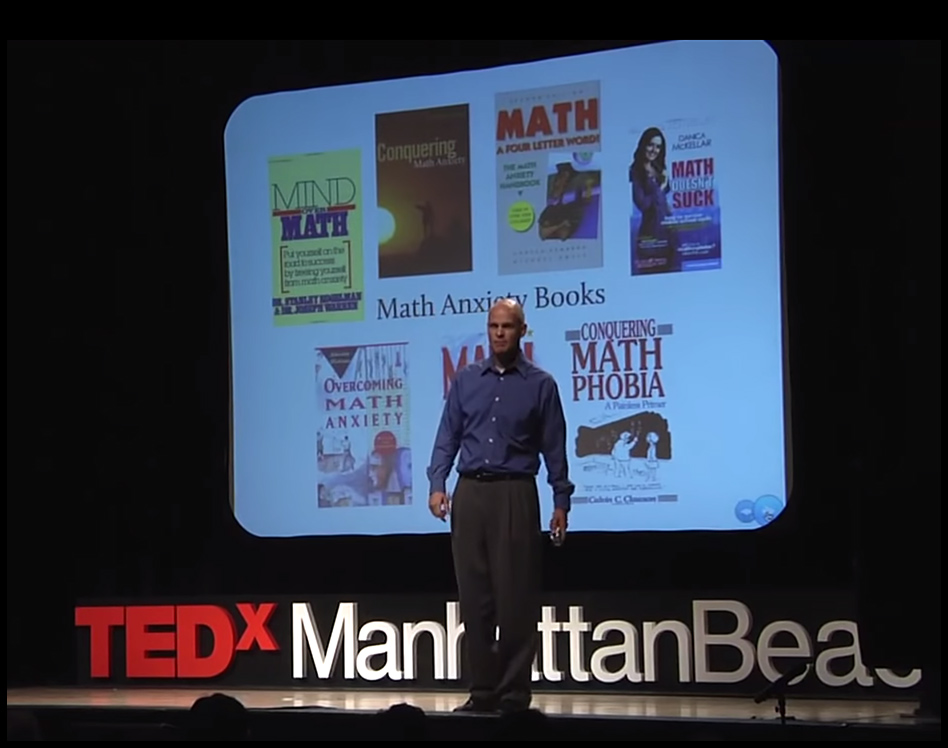
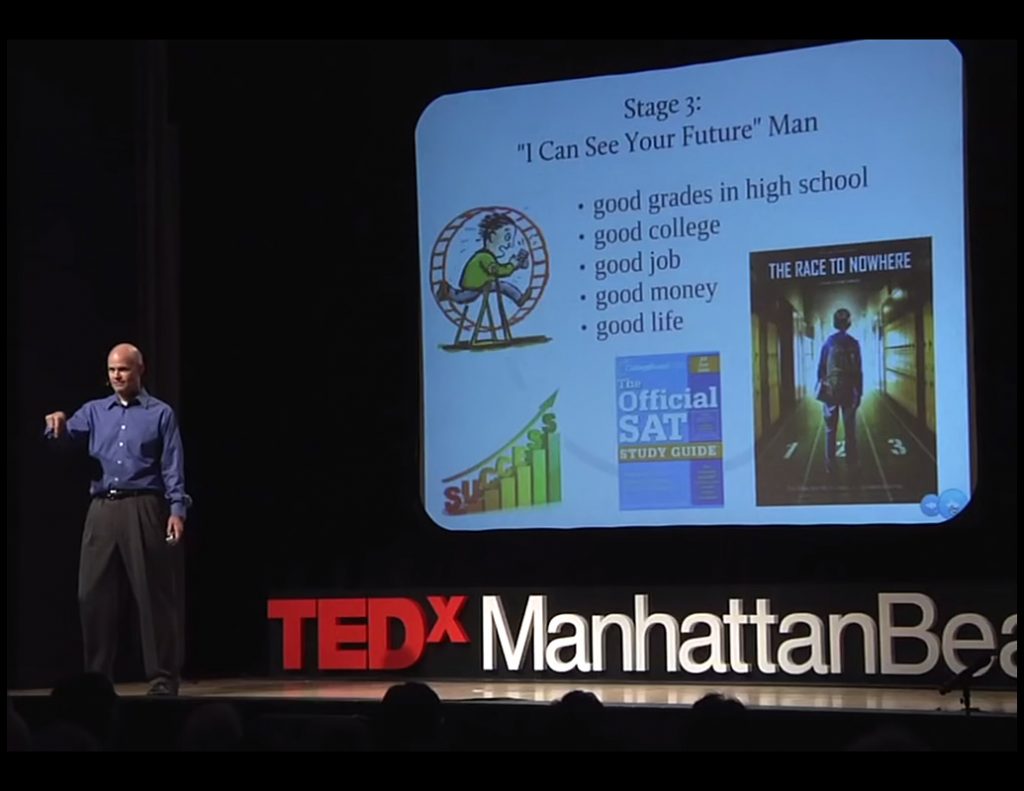
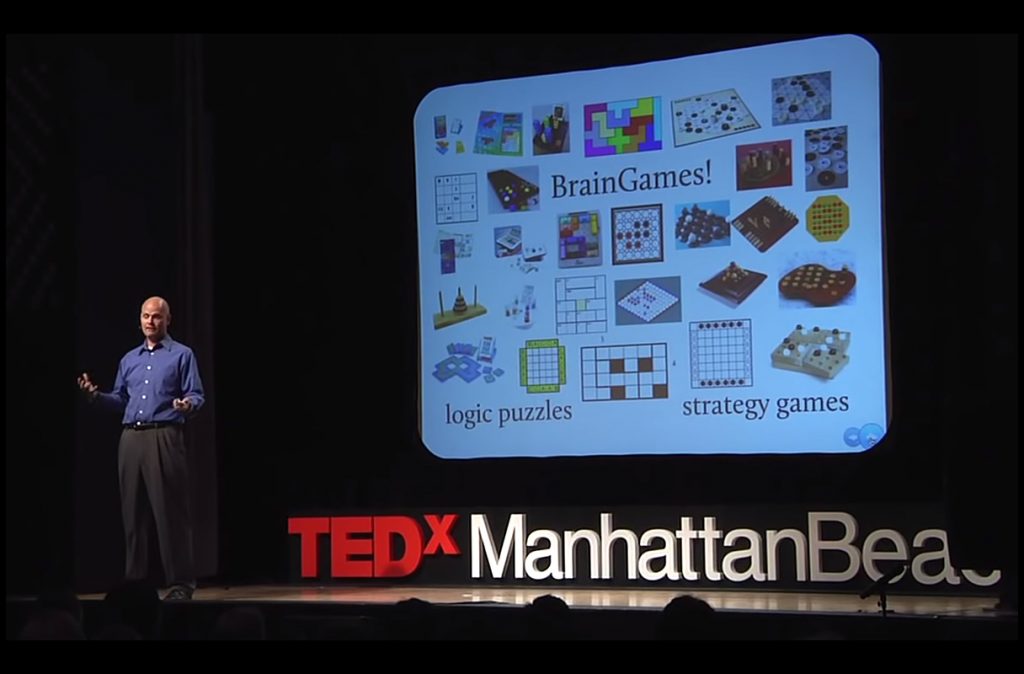
From DSC:
When this math teacher meets people out in society, people confess how much stress math brought to them in school….and they’re aren’t joking.
Given that we are all required to be lifelong learners these days, I love what John Bennett is saying here…because we really aren’t serving society at large by requiring math be taught in middle school and high school.
- It causes stress and very negative learning experiences for many people.
- We don’t use it. (By the way, I could plug and chug ok, but I had no idea what I was doing. No real understanding. I haven’t used algebra and/or calculus since my youth.)
What does it take to change our curricula like that?! Is it possible? I sure hope so.

Deloitte Legal to work with academic tech venture group — from artificiallawyer.com
Excerpt:
Deloitte Legal is to collaborate with Conception X, a nine-month programme designed to train PhD students in technology entrepreneurship and to support them in building ventures based on their original research during their degree.
Conception X accepts applications across several research areas including artificial intelligence, machine learning, genetic engineering, blockchain and quantum computing. The first two cohorts, prior to the link-up with Deloitte, have seen the start-ups incorporated by PhD teams collectively raising a total of £5m and generating revenues of £2m.
From DSC:
How’s this for your next gift for that person in your life who loves books!?! 🙂
The Bookwheel Allowed 16th-Century Scholars to Read Multiple Books at One Time — from interestingengineering.com by Trevor English
This contraption allowed engineers to read multiple books at the same time.
Explore Revit models in VR with Unity Reflect — from by Nick Davis
Unity Reflect makes it easy to bring Building Information Modeling (BIM) data into virtual reality (VR). Learn how you can use the Unity Reflect VR Viewer to conduct immersive design reviews with Autodesk Revit models.
Excerpt (emphasis DSC):
The value of VR in the architecture, engineering, and construction (AEC) industry is well documented. It provides an unrivaled medium for gathering rich feedback, catching design flaws, and reducing the need for physical mockups. Studies have shown construction professionals are twice as likely to spot design errors when reviewing designs in VR versus PCs.
Today, 60% of AR and VR content is powered by Unity. Unity’s AEC customers use VR for a wide range of use cases, from conducting immersive walkthroughs that help their clients catch errors pre-construction and save hundreds of thousands of dollars on individual projects, to creating immersive training programs that lead to safer job sites.














